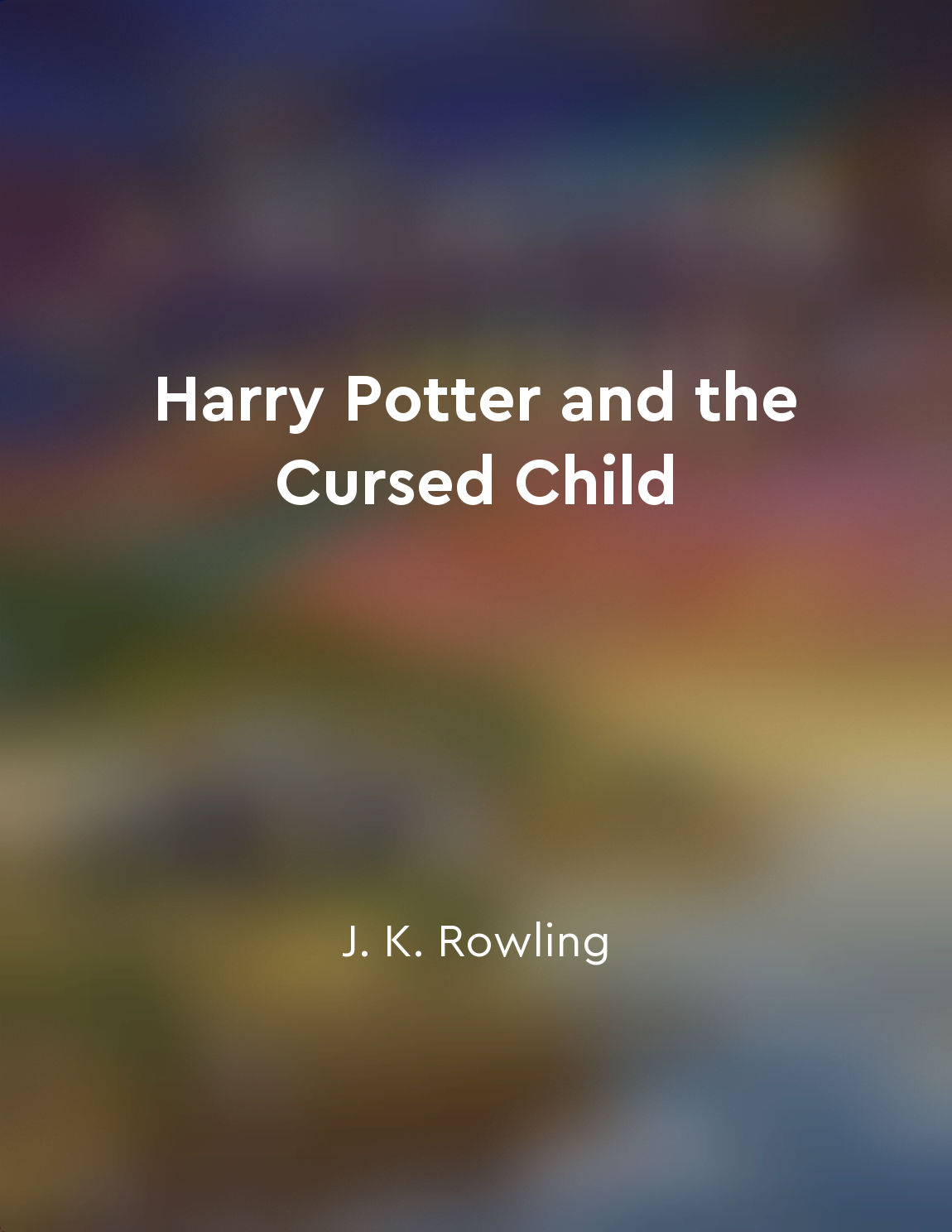The impact of social and cultural norms on individual behavior from "summary" of Brothers Karamazov by Fyodor Dostoevsky
In the town of Skotoprigonyevsk, there lived a man named Fyodor Pavlovich Karamazov, a man of great wealth and influence. Fyodor Pavlovich was known for his extravagant lifestyle and his numerous affairs with young women, which scandalized the conservative society of the town. Despite his questionable behavior, Fyodor Pavlovich was still respected and feared by the townspeople due to his social status and wealth. One of Fyodor Pavlovich's sons, Dmitri, was a reflection of his father's reckless and impulsive nature. Dmitri's behavior was often driven by his desire for wealth and status, which had been instilled in him by his father's influence. Dmitri's actions were a clear manifestation of the impact of social and cultural norms on individual behavior. Another son, Ivan, was a stark contrast to Dmitri. Ivan was a man of intellect and rationality, who questioned the moral values and beliefs of society. Ivan's skepticism and cynicism towards social norms were a result of his disillusionment with the hypocrisy and corruption that he observed in the town. The youngest son, Alyosha, represented a more virtuous and compassionate side of human nature. Alyosha's behavior was shaped by his religious beliefs and his dedication to serving others. Despite the negative influence of his father and brothers, Alyosha remained true to his values and principles, demonstrating the power of individual agency in the face of social and cultural pressures. Throughout the novel, Dostoevsky explores the complex interplay between societal expectations and individual autonomy, showing how people are both shaped and constrained by the norms and values of their community. The characters in "Brothers Karamazov" serve as a microcosm of the larger society, reflecting the various ways in which social and cultural norms can influence and shape individual behavior.Similar Posts

Delphi is a mysterious new character
Delphi is a character shrouded in mystery, her origins and intentions clouded in secrecy. When she first appears, she is an eni...
Boy finds shocking secrets
Keshav, a young man from IIT Delhi, embarks on a journey to uncover the hidden truths behind the mysterious death of his ex-gir...
They meet at a party
In Verona, two young people from feuding families encounter each other for the first time. Romeo, a Montague, sneaks into a Cap...
Acceptance brings peace
In life, there are many things that happen beyond our control. We often find ourselves faced with situations that we wish were ...
Infidelity leads to suffering
In the story of Anna Karenina, the theme of infidelity is a prominent one, illustrating the consequences that arise from betray...
Doubt in one's own beliefs leads to selfdestruction
The human mind is a complex labyrinth of thoughts and beliefs, constantly questioning and reevaluating its own principles and c...
The nature of truth is manipulated by those in power
Rubashov, the protagonist in "Darkness at Noon," grapples with the manipulation of truth by those in power throughout the novel...
Friendship grows
In the days that followed, as the prince and the pauper continued to live each other's lives, a bond began to form between them...
Darkness at noon symbolizes the loss of hope in the face of tyranny
In the dim light of midday, when the sun should be at its brightest, the darkness enveloped Rubashov like a heavy blanket. It w...
